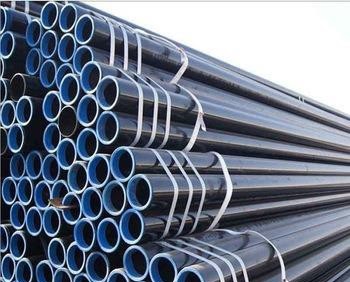GRP is a composite material made from a combination of glass fibers and polymers or plastic, which has significant advantages over materials such as metal or concrete. In addition, GRP is more flexible than other unreinforced plastics such as acrylonitrile butadiene styrene (ABS) or polypropylene.
GRP materials are used in various industries, such as the production of explosion-proof equipment, the production of industrial pipes and instrumentation equipment.
In the following, we will learn more about glass reinforced plastic (grp).
What is GRP?
Glass-reinforced plastic, also called fiberglass, composite plastic, or FRP, is strong, very light, and very versatile. GRP behaves differently than conventional thermoplastics used in everyday items. This means that it has properties that are useful for a wide range of applications in many industries.
RP is made of glass fibers. GRP is very fine fibers that are woven together to create a flexible fabric. GRP is a molded product, meaning it must be molded into or around the object. GRP composite has an aluminum oxide aggregate surface that is diamond-hard and highly resistant to long-term wear. In fact, grp is a type of composite material that consists of glass fibers and resin. This material is used as a non-metallic coating in high-risk industries such as oil, gas, petrochemical, mining, etc. in order to protect the insulation against corrosion. They use water and steam penetration. GRP offers a variety of desirable properties.
Fibers used in composites:
- Glass (GRP or GFRP – polymer/plastic reinforced with glass fibers)
- Carbon (CFRP – Carbon Fiber Reinforced Polymer/Plastic)
- Aramid (AFRP – polymer/plastic reinforced with Aramid fibers)
- Plant fibers such as flax or bamboo that form bio-composites
- Resins used in composites:
- polyester
- Vinyl ester
- Epoxy
- Polyurethane
- Biodegradable “green” varieties
- Other chemicals are also added to composites to change the appearance and enhance certain properties of the final product.
additives:
- pigment (for color)
- Mineral compounds (for fireproofing)
- UV stabilizers (to reduce color fading)
Features of GRP (glass reinforced plastic)
GRP features many beneficial characteristics. It comes with low weight at high mechanical strength, resistance against chemicals and corrosion (thanks to its non-conductive properties also electrolytic corrosion), UV radiation and temperature stability, and environmental friendliness. GRP is waterproof, making it ideal for all outdoor applications. It can be customized to be fire-retardant by using non-flammable resins. GRP is a highly durable material with a very long lifetime expectancy, ideally suited for a wide range of applications in various industries.
- GRP materials are resistant to various chemicals and acids.
- GRP is suitable for use in harsh conditions. For this reason, GRP is a good alternative to aluminum, steel or timber.
- GRP provides tensile strength equal to or greater than similar steels and has significant load bearing capacity in terms of weight resistance due to its light weight.
- GRP is very resistant to strong impacts and heavy pressure.
- GRP is suitable for use in locations where electrical hazards can be a problem, as it is inert, non-conductive and non-sparking.
- GRP has a very light weight compared to steel. For this reason, it has the ability to transport and cut easily.
- The expected performance of GRP materials under normal operating conditions is more than 20 years.
- GRP requires less maintenance, renovation or refurbishment costs.
- GRP materials do not interfere with radar systems.
- Good insulation against heat and sound.
- GRP can be molded into a wide range of different shapes to meet different demands.
- Like metals and alloys, GRP composites may suffer from creep damage. Creep phenomenon occurs in GRP composites under long-term mechanical stress and can lead to permanent deformation of a part.
What is the application of GRP?
GRP is used in a wide variety of different applications. In many industries, a product made partially or completely of GRP is used:
- Water traps or sewer covers
- Anti-slip protection for strengthening dry and wet floors
- Helicopter rotor blades and wind turbine blades
- Fences
- Electronic enclosures
- Covering the body of explosion-proof and electrical equipment such as: explosion-proof boxes, explosion-proof plug sockets, explosion-proof lights, etc.
- Covering the body of the equipment
- Safety grating in industrial and public places
- Sports equipment such as kayaks
There are many other uses of GRP. With such diverse applications, GRP is a popular and reliable product in various industries. GRP is a useful material for several reasons. Regardless of the application you need or the industry you work in, GRP is a durable and reliable product.

